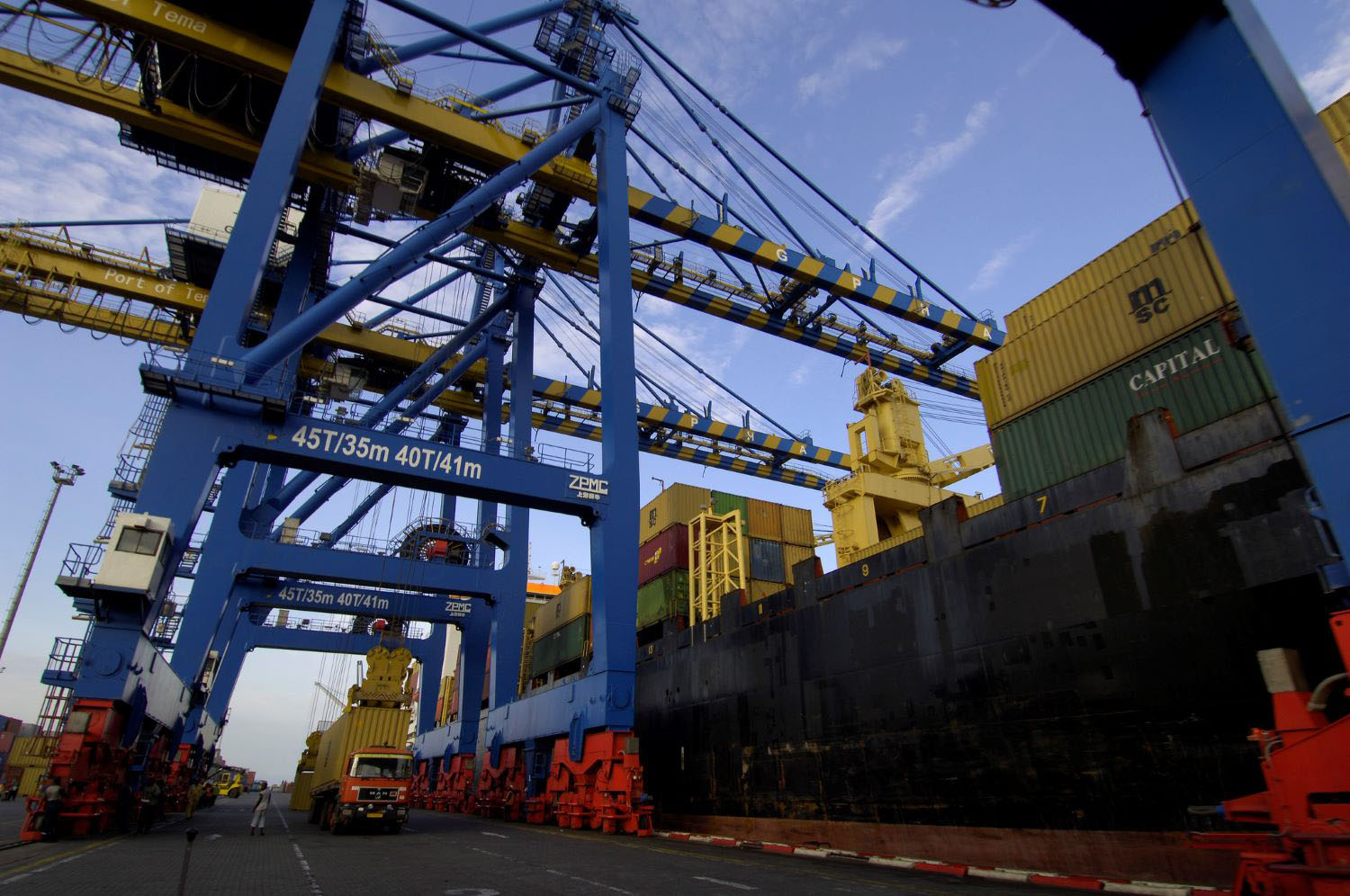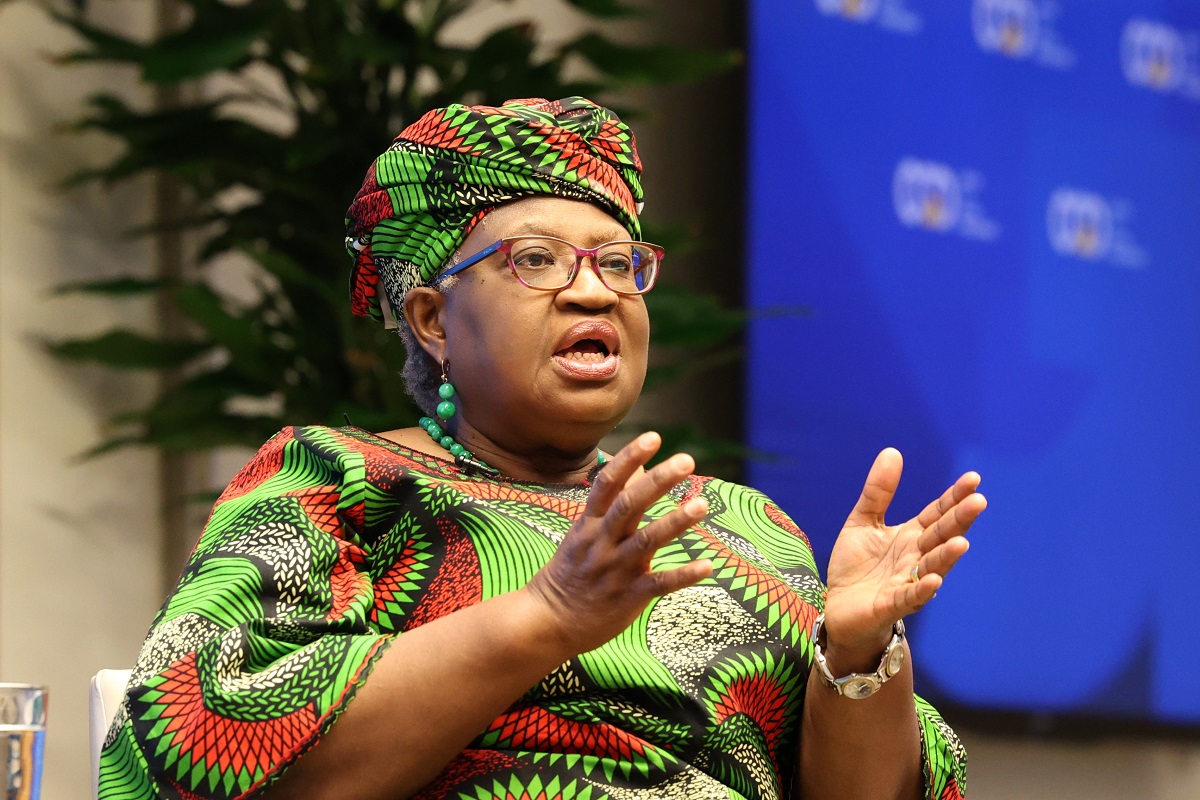Bill Cline has implied the Bank no longer views trade liberalization as important for poverty reduction, that our new numbers involve serious underestimation, and that his 440 million estimate last year is closer to reality. (See
Controversy Over World Bank Trade and Poverty Estimates)On the contrary, the Bank remains committed to trade reform and the complementary policies necessary to make it effective. The conclusion we draw from our new work is that if the international community wants to use trade as a lever to reduce poverty, it has to raise its sights on global trade reform. To be sure, our new numbers do show a reduction of the gains from full trade liberalization. The main reason is new knowledge. Since we undertook the work Bill refers to (and which underpins his estimates), new data have become available that incorporate the effects of recent trade reforms in China, Vietnam, and elsewhere, the phasing out quotas on textiles and clothing, and, for the first time, the effects of trade preferences. All of these effects were included in previous estimate as "gains” but since they have already been realized, now enter the baseline. Bill may disagree with us about agricultural protection, but the new data and approach were selected after a very detailed debate within the modeling community--and on purely scientific grounds not with regard to the results they supported.A second set of changes is the revision of the poverty elasticities associated with growth, together a lower baseline forecast of poverty in 2015; here too new information based upon a more comprehensive set of household surveys led us to rework our calculations. As elaborated in a recent paper (
"Estimating the Benefits of Trade Reform: Why Numbers Change" (PDF) in Richard Newfarmer (ed)
Trade, Doha, and Development: A Window into the Issues Washington: World Bank), about half of the drop in our estimate of trade-related poverty reduction is associated with measuring the tariff reforms and about half with the new poverty numbers.Given these changes, one has to question Bill's assertion that "not much has changed" since 1997, the base for his 440 million calculation. In fact, a lot has changed, however politically inconvenient.He is right, however, in pointing that our numbers are likely underestimates, if for different reasons than he cites. This is because economists cannot fully measure many of the benefits trade liberalization accurately. Most models, including our recent estimates, omit reforms in services trade; ignore the introduction of new products in response to trade openings; ignore or estimate very conservatively the increases in productivity that trade reforms stimulate; neglect increasing returns to scale; and rely on aggregations of tariffs that understate resulting potential for new trade.Simple aggregate models like Bill's and our own are useful for headlines and we welcome working with him to improve them. At the same time, however, the main challenge is to develop better information bases on protection, the behavior and structure of markets and of the particular circumstances of poor households such as, for example, whether they are net buyers or sellers of food. The Bank is also heavily engaged in these tasks as its recent book “Poverty and the WTO” shows (
Poverty and the WTO: Impacts of the Doha Development Agenda. Thomas W. Hertel and L. Alan Winters, eds., Palgrave Macmillan and the World Bank).Dominique van der Mensbrugghe and
Richard NewfarmerWorld Bank
CGD blog posts reflect the views of the authors, drawing on prior research and experience in their areas of expertise.
CGD is a nonpartisan, independent organization and does not take institutional positions.





